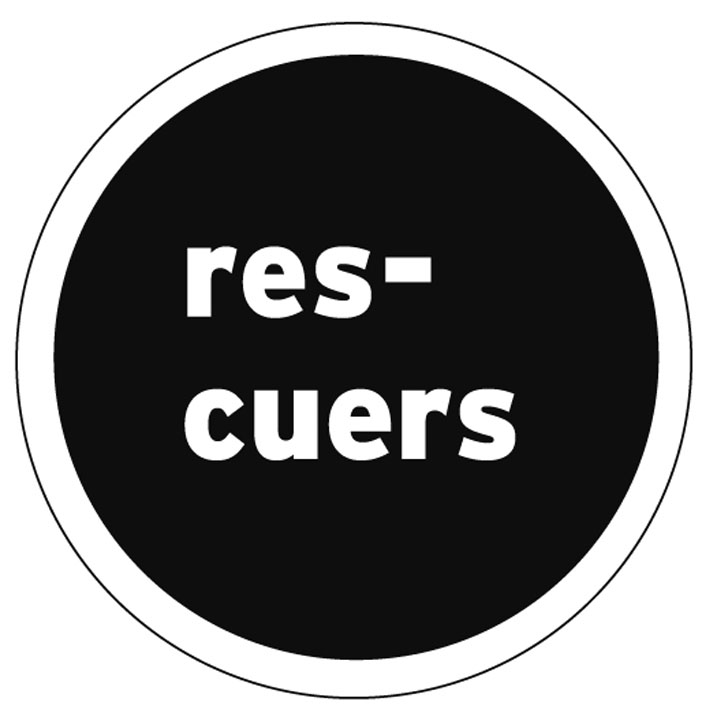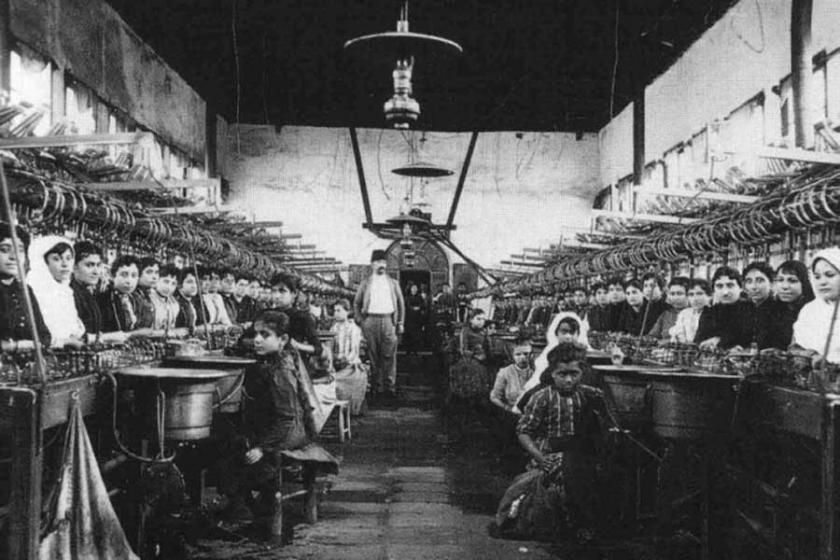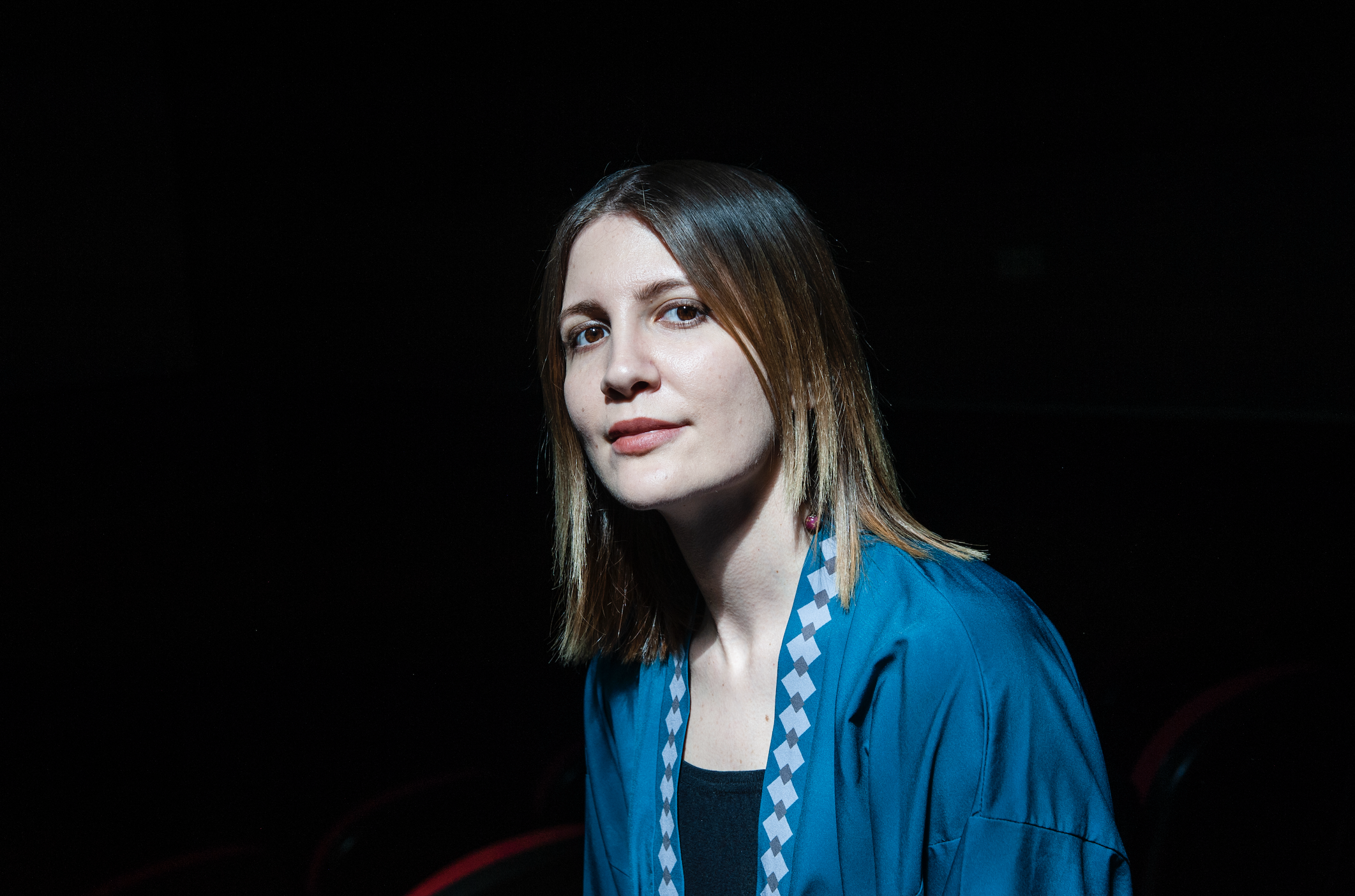Along with Mamuretül Aziz, the Diyarbekir Province is an area where we encounter the highest number of instances of disobedience during the Armenian Genocide, or where the most accounts of disobedience have reached the present day. The sense among communities in the area that “with 1915, there was an irreversible rupture in our fate as well” is perhaps the most important factor in that the memory of the period has remained so vivid in the region.
“Fermana Fılla” as it is known in the region – ‘the firman for non-Muslims’ in Kurdish – targeted not only Armenians, but all Christians including Assyrians.
Our research had so far unearthed the stories of 185 individuals of conscience in all provinces, and 35 individuals of conscience in the case of the Diyarbekir Province. Here, I will recount the stories of two such individuals from the Diyarbekir Province.

“Whoever shoots Christians has to deal with me first”
The Heverkis (also known as Haverkan), one of the most important tribal confederations in the region, despite their internal strife, were among the most significant forces that protected the Assyrians and Armenians of Midyat, Nusaybin and İdil. [1] The fact that the Heverkis recognized no other authority in the region was defining, however the fact that there were Assyrians and Ezidis among tribe members also played an important role.
When World War I broke out, Ali Batte, a Heverki tribe leader, was among the first who defied administrative authorities in the region. He did not only refuse the order for mobilization, but he also prohibited the paying of taxes to the State. Ali Batte and other Heverki leaders were captured and imprisoned in September 1914 because of these actions.
When deportation began, Ali Batte, and his right-hand-man and Assyrian leader Şemun were in Harput Prison. According to some sources, on his mother Fasıle’s initiative [2], and according to other accounts, by Batte’s directives in person, the Heverkis tried to protect the Assyrians and Armenians in the region from deportation and massacres.
On 2 July 1915, Hacı Başar Bey summoned the Kurdish and Arab tribe leaders of Midyat and asked for support in the attack he planned on Christians. According to Ali Batte’s eponymous grandson, at that time, his grandfather had escaped from prison with Şemun. The news that a meeting was to be held in the city reached Ali Batte. Grandson Batte told his account of those days as follows: “When they asked Alike Batte to take part in the massacre, he roared, ‘Whoever shoots Christians has to eal with me first’. We, the Çelebis and Mala İsmail, in other words, all the Heverkis, stood with the Christians. We did fight each other later to become Agha, but during the Firman, we acted together”. [3]
Other sources state that Ali Batte did not manage to escape from prison at that date, and that his mother, and the Mzizexi, recognized as the core of the tribe (known today as the Doğançay tribe) assumed an active role in protecting Christians. The Heverkis secured the passage of the Assyrians they managed to rescue to Ayn Wardo, where a resistance had been organized. [4]
After the war, Ali Batte announced his defiance of State authority in the region with a much greater action. On 11 May 1919, with 100 of his men, he ambushed Nusaybin. Following a hunt that went on for months, on 18 August 1919, Ali Batte’s whereabouts were discovered, and he was killed in a clash with security forces and pro-State tribes.
“Do not mistreat Christians, it’s a sin”
Many sources on 1915 in the Mardin area, mention a Vahabi Efendi, who in Savur saved two hundred people, most of them children. [5] The person in question is Vehbi Efendi, former Diyarbakır and Dersaadet [Istanbul] Post and Telegram Director.
Few Armenians lived in Savur in 1915, a population of around 1000 lived in the city centre. [6] As in other settlements in the area, the Assyrian population was denser. Qelet (Dereiçi), close to Savur centre, was an important Assyrian settlement that survives to this day.
Deportation and massacres began in Savur in June 1915. Qelet was very close to Vehbi Efendi’s mansion; and when he heard that the district governor included villagers in the convoy he rushed to the village. He saved 87 men and 8 women from the convoy and took them to his home. [7] 95 Assyrians remained in the spacious mansion until “things settled down”.
The Ras el Harf area where the mansion is located was on the deportation route of the Sason and Siirt convoys. Vehbi Efendi saved and took to his home around 20 injured women from the convoy, which included Dominican nuns. According to the account of Dominican Priest Jacques Rhétoré, “He treated them in a very dignified manner and never proposed that they convert to Islam.” [8]
Vehbi Efendi’s mansion also became a refuge for Sason Armenians fleeing deportation or the labour battalions. His name became known among Sason Armenians as a ‘saviour’.
What we also see in the accounts of many other individuals of conscience, the rule that the attitude during 1915 defined the treatment of these individuals in the Republican period, prove true in the case of Vehbi Efendi’s family as well. In the aftermath of the 1925 Sheikh Said Rebellion, although they had not supported Sheikh Said, family members were exiled to Manisa. They remained in exile for 8 years. In the meantime, the properties of the family were sold on at prices well under their true worth.
Vehbi Efendi’s heritage for our present times is the memory of an individual who taught his children not to mistreat Christians, perceived any act that contravened that principle as a sin, was known to read the Bible as much as he did the Quran, and never accepted the slightest mistreatment of animals.
1- For a detailed study of the Heverkis, see: Nezire Cibo, Haverkan Sultanları 1/The Haverkan Sultans, Komal Basım Yayın, Istanbul, 2010. Some Hevarki leaders, the Çelebi, Sarohan and his son Serhan Aghas had carried out attacks on Assyrian villages in 1907-1910, and seized their lands and properties. Therefore, it is difficult to consider the leaders of this branch of the tribe among “conscientious” leaders. See ‘Tanzimat’tan sonra Tur Abdin’de Aşiretler ve Hıristiyanlar [Tribes and Christians in Tur Abdin after Tanzimat/Reorganization]’, Suavi Aydın, Mardin Tebliğleri [Mardin Declarations], p. 148-153, Hrant Dink Foundation publications, October 2013, Istanbul.
2- Interview with İskender Debbaso, November 2013, Midyat.
3- Interview with Ali Batte’s grandson Ali Batte, November 2013, Nusaybin.
4- Massacres, resistance, protectors, David Gaunt, Gorgias Press, 2006, New Jersey, p. 186, 192-195.
5- Racho Donef, in reference to the witness account of a person rescued by Vehbi Efendi, inaccurately provides his profession as “district governor”. See Righteous Muslims during the Genocide of 1915, Racho Donef, 2010, Sydney.
6- Le génocide des Arméniens, Raymond Kévorkian, Editions Odile Jacob, Paris 2006, p.460-461
7- Interview with Vehbi Efendi’s grandson N., August 2014, Ankara.
8- Nun Issa Warina, who was deported with the Siirt convoy and was rescued by Vehbi Efendi, after reaching Mardin told her story to Dominican priests Marie Dominique Berré, Jacques Rhétoré and Hyacinthe Simon. See Les Chrétiens aux bêtes, Jacques Rhétoré, p. 183, Cerf, 2005, Paris. Mardine, la ville héroïque, Hyacinthe Simon, p. 170-171, Namaan, 1991, Jounieh. Massacres de Mardin, Marie-Dominique Berré, Haigazian Armenological Review, vol. 17, p. 81-106, 1997, Beyrouth.





